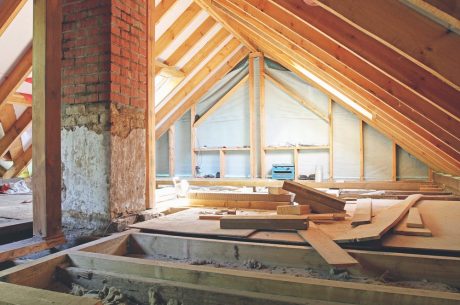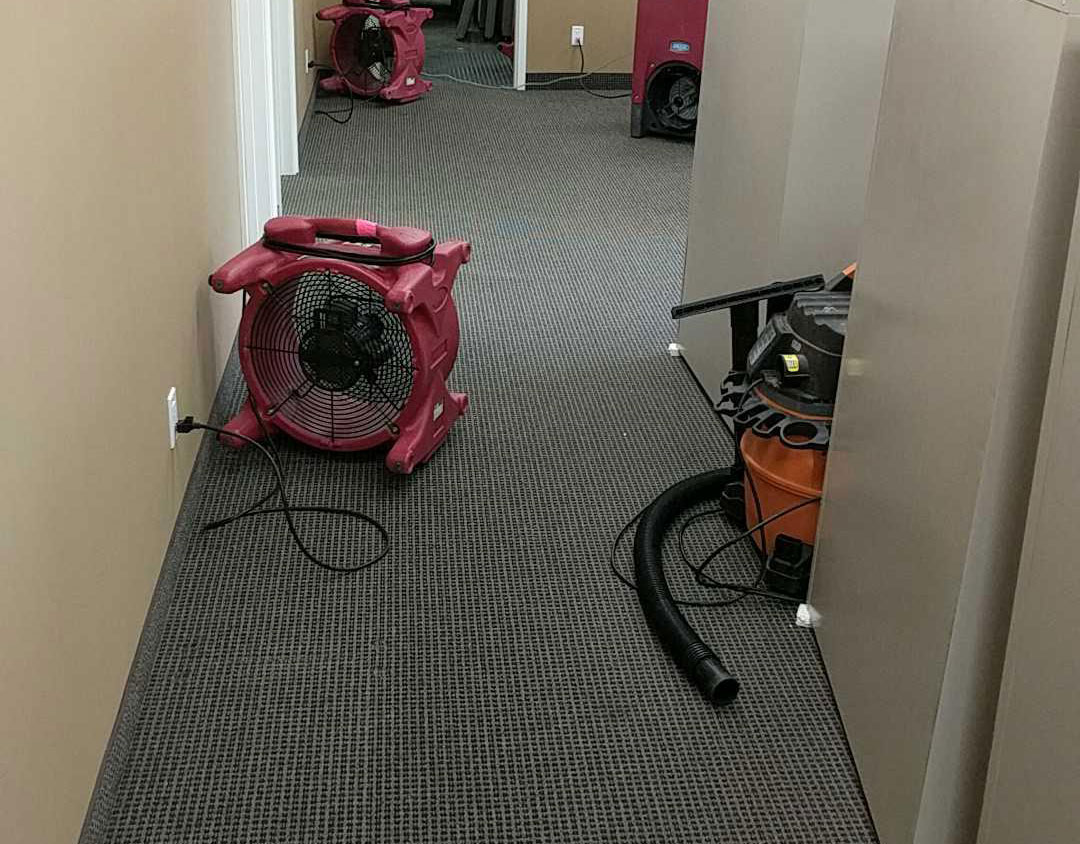Considered the silent intruder lurking in the shadows of our homes, it poses more hazards than we often realize. From causing allergic reactions to triggering respiratory issues, mold is a formidable adversary that demands attention. In this comprehensive guide, we delve into the world of this type of fungus, exploring its dangers, prevention, and mitigation strategies to safeguard our health and homes.
Table of Contents
Types of Mold
It comes in various forms, with some being more hazardous than others. Common types include Stachybotrys chartarum (black mold), Aspergillus, and Penicillium. Each type poses unique health risks and requires specific treatment approaches.
Where Does it Thrive?
It thrives in areas with excess moisture. Bathrooms, kitchens, basements, and areas with water leaks or flooding are prime breeding grounds for mold growth. It can lurk behind walls, under carpets, and even within ventilation systems, spreading unnoticed until visible signs emerge.
How Does it Spread?
It reproduces by releasing spores into the air. These microscopic particles can travel through the air or attach themselves to clothing, pets, or objects, facilitating the spread to other areas of the home. Once settled in a conducive environment, spores germinate and form new colonies, perpetuating the cycle.
Signs of Infestation
Detecting it early is crucial for preventing extensive damage and health issues. Common signs of mold infestation include musty odors, visible mold growth on walls or ceilings, water stains, and persistent allergic reactions such as sneezing, coughing, or skin irritation.
Health Risks Associated
Exposure to this type of fungus can lead to a range of health issues, especially for individuals with allergies, asthma, or compromised immune systems. Symptoms may include respiratory problems, nasal congestion, eye irritation, skin rashes, and the exacerbation of existing conditions.
Preventing it’s Growth
Prevention is the key to combating this and any other type of infestation. Keep moisture levels in check by fixing leaks promptly, improving ventilation, and using dehumidifiers in damp areas. Maintain cleanliness by regularly cleaning and drying surfaces prone to mold growth. Monitor humidity levels and aim to keep them below 60% to discourage its proliferation.
Removing it Safely
When tackling it’s growth, safety should be a priority. Wear protective gear such as gloves, goggles, and masks to prevent exposure to fungus spores. Isolate the affected area to prevent cross-contamination and thoroughly clean surfaces using appropriate mold removal products. For extensive infestations, professional assistance may be necessary.
Professional Remediation
In cases of severe infestation or when dealing with toxic mold types such as Stachybotrys chartarum, seeking professional mold remediation services is advisable. Certified remediation experts employ specialized equipment and techniques to safely remove it and restore the affected area to its pre-infestation condition.
Frequently Asked Questions (FAQs)
What are the common health effects of exposure?
Exposure to mit can cause respiratory issues, allergic reactions, skin irritation, and the exacerbation of existing health conditions.
How can you identify it in my home?
Look out for visible growth, musty odors, water stains, and persistent allergic symptoms as indicators of mold presence.
Can you remove it by yourself?
Small-scale infestations can be tackled DIY with proper safety precautions. However, extensive or toxic infestations may require professional remediation.
How can you prevent it’s growth in your home?
Maintain proper ventilation, control humidity levels, fix leaks promptly, and keep surfaces clean and dry to prevent mold growth.
Is black mold dangerous?
While all fungus has the potential to cause health issues, black mold (Stachybotrys chartarum) is known for producing mycotoxins that can pose serious health risks, especially with prolonged exposure.
Can it grow in air ducts?
Yes, it can thrive in air ducts, especially in the presence of moisture. Regular HVAC maintenance and cleaning can help prevent it’s growth in ductwork.
How long does it take for it to grow after a water leak?
It can start growing within 24 to 48 hours of water exposure, depending on environmental conditions such as temperature and humidity levels.
Can mold be completely eradicated from a home?
While it can be removed and remediated, it’s challenging to completely eradicate it from an environment. Prevention and regular maintenance are essential to minimize it’s recurrence.
Are there natural remedies for mold removal?
Some natural remedies, such as vinegar, hydrogen peroxide, and tea tree oil, can help remove it. However, they may not be as effective as commercial mold removal products, especially for extensive infestations.
How can you ensure mold doesn’t return after remediation?
After professional remediation, it’s crucial to address underlying moisture issues and maintain a clean, dry environment to prevent mold recurrence. Regular inspections and prompt action against leaks or moisture buildup are essential in mold prevention.
PuroClean Property Savers provides emergency restoration services 24 hours a day, seven days a week. Our services include water damage, fire & smoke damage, mold remediation, biohazard cleanup, reconstruction and large-scale commercial property damage. We service Austin, Bastrop, Buda, Cedar Creek, Cedar Park, Del Valle, Dripping Springs, Elgin, Georgetown, Hutto, Kyle, Leander, Manor, Marble Falls, Pflugerville, Round Rock, Taylor, and Wimberley. Our average “on-site” time is 60 minutes, and we work directly with your local insurance provider.
Our role goes beyond just repairing properties; it’s also repairing lives. Visit us online at “PuroClean Property Savers.” Give us a call now at (512) 956-5700 or email us at [email protected] to schedule a visit.
You can also find additional resources for emergency management, fire prevention planning, flash flood situations, and many other risks at the City of Austin Fire Department initiative #LetsGetRealATX.




 PuroClean Property Savers
PuroClean Property Savers